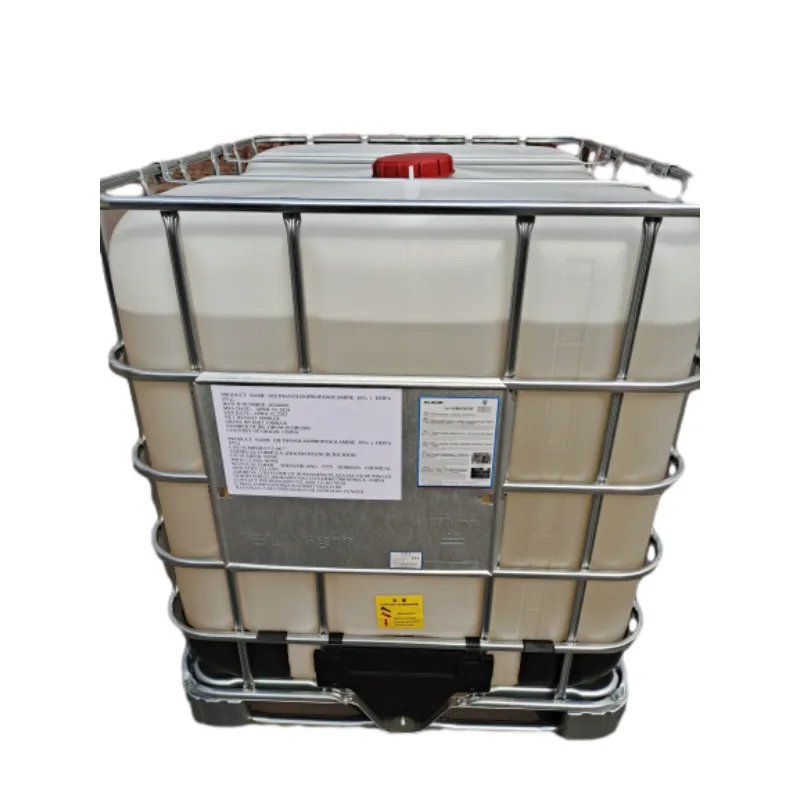
Understanding E296 Food Additive and Its Role in Food Products
Understanding E296 Food Additive and Its Implications
Food additives play a crucial role in the modern food industry, enhancing flavors, preserving freshness, and improving the appearance and texture of various food products. Among these additives, E296, also known as malic acid, stands out for its versatility and wide range of applications in food production. This organic compound is derived naturally from various fruits, particularly apples. It is an alpha-hydroxy acid (AHA) that not only enhances the taste of food but also serves several functional purposes.
Understanding E296 Food Additive and Its Implications
One of the reasons for the widespread use of malic acid is its efficiency as a preservative. It has been shown to possess antimicrobial properties, which can help to inhibit the growth of certain bacteria and molds, thus extending the shelf life of food items. This characteristic is especially beneficial in products that are prone to spoilage, as it helps maintain quality and safety for consumers. The preservation aspect also aligns with the growing consumer demand for longer-lasting products that do not compromise on taste or safety.
e296 food additive

Furthermore, malic acid is a natural component of many fruits, making it a favorable option for those seeking clean label products—foods that contain ingredients that are recognizable and minimally processed. With the increasing trend towards natural ingredients in food production, E296 offers a compromise between effectiveness and consumer preference, as it can be marketed as a naturally sourced additive. This aligns well with the larger movement in the food industry towards transparency and health-conscious choices.
In addition to its flavor-enhancing and preservative qualities, E296 also has functional uses in other areas. It can act as a pH regulator in food products, ensuring that the acidity levels are optimal for both flavor and food safety. For instance, maintaining the right pH can be crucial in canning processes and fermentation, where specific acid levels can influence the end product's quality and safety.
Despite its advantages, it is essential for consumers to be aware of the presence of additives in their food. While E296 is generally recognized as safe by regulatory agencies such as the European Food Safety Authority (EFSA) and the U.S. Food and Drug Administration (FDA), consumers with allergies or sensitivities should always read ingredient labels carefully. It's also critical to understand that excessive consumption of acidic additives can lead to health issues, such as dental erosion and digestive discomfort.
In conclusion, E296, or malic acid, is a widely used food additive that contributes significantly to flavor enhancement, preservation, and overall food safety. Its natural origins and multifunctional properties make it a favorite in the food industry, especially amid growing consumer interest in transparent, health-conscious eating. As the food landscape continues to evolve, E296 will likely remain a staple, balancing the need for taste and preservation with an increasing demand for natural ingredients. By being informed about such additives, consumers can make better choices about the foods they consume, leading to healthier dietary habits overall.
-
Why Glacial Acetic Acid Food Grade Is Essential in FlavorNewsMay.26,2025
-
Surging Export Growth of Food Additives in ChinaNewsMay.26,2025
-
How Ammonium Nitrate Fertilizer Boosts Crop YieldsNewsMay.26,2025
-
How 1,2,3-Benzotriazole Shields Plastics from UV DegradationNewsMay.26,2025
-
Cyanide in Gold Mining: Protecting People and the PlanetNewsMay.26,2025
-
Aluminum Hydroxide in Modern Sunscreen FormulationsNewsMay.26,2025
-
Understanding Synthetic Rubber OptionsNewsApr.27,2025
Hebei Tenger Chemical Technology Co., Ltd. focuses on the chemical industry and is committed to the export service of chemical raw materials.
-

view more DiethanolisopropanolamineIn the ever-growing field of chemical solutions, diethanolisopropanolamine (DEIPA) stands out as a versatile and important compound. Due to its unique chemical structure and properties, DEIPA is of interest to various industries including construction, personal care, and agriculture. -

view more TriisopropanolamineTriisopropanolamine (TIPA) alkanol amine substance, is a kind of alcohol amine compound with amino and alcohol hydroxyl, and because of its molecules contains both amino and hydroxyl. -

view more Tetramethyl Thiuram DisulfideTetramethyl thiuram disulfide, also known as TMTD, is a white to light-yellow powder with a distinct sulfur-like odor. It is soluble in organic solvents such as benzene, acetone, and ethyl acetate, making it highly versatile for use in different formulations. TMTD is known for its excellent vulcanization acceleration properties, which makes it a key ingredient in the production of rubber products. Additionally, it acts as an effective fungicide and bactericide, making it valuable in agricultural applications. Its high purity and stability ensure consistent performance, making it a preferred choice for manufacturers across various industries.











